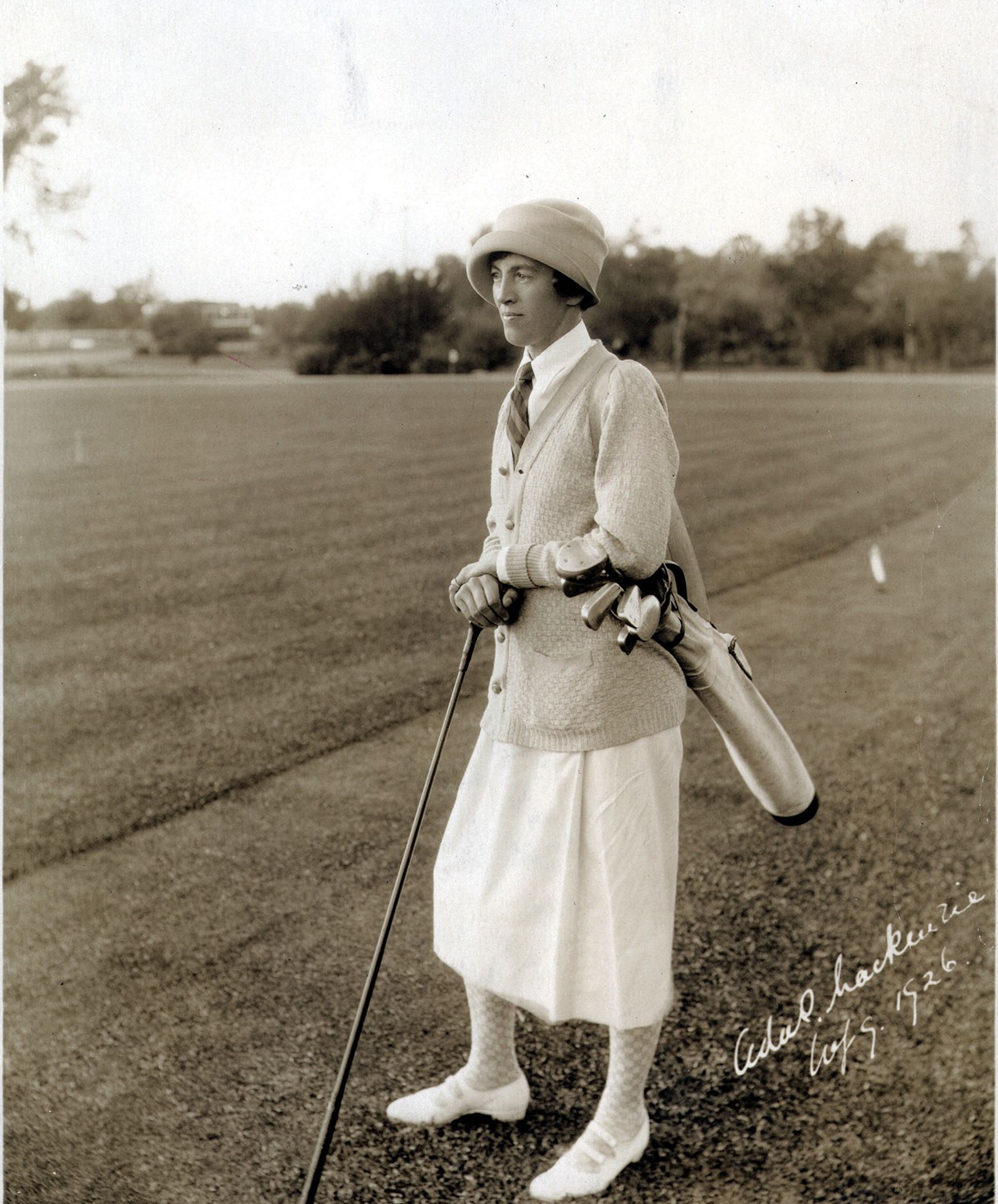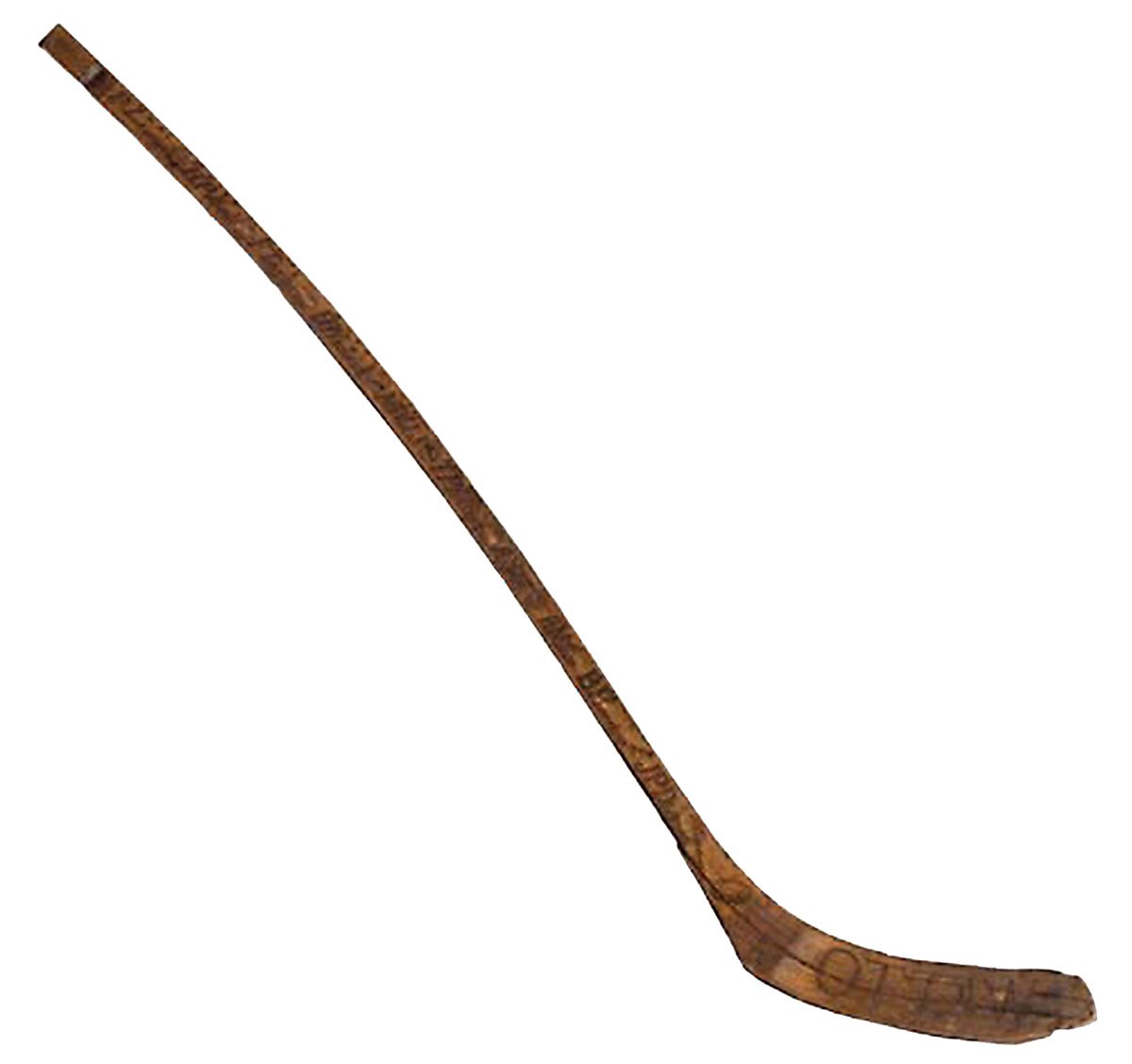

Browse by category
- Adaptive reuse
- Archaeology
- Arts and creativity
- Black heritage
- Buildings and architecture
- Communication
- Community
- Cultural landscapes
- Cultural objects
- Design
- Economics of heritage
- Environment
- Expanding the narrative
- Food
- Francophone heritage
- Indigenous heritage
- Intangible heritage
- Medical heritage
- Military heritage
- MyOntario
- Natural heritage
- Sport heritage
- Tools for conservation
- Women's heritage
Aboriginal athletes: Competing for recognition
When people are asked to think of a famous Aboriginal athlete in Canada, they likely often think of Tom Longboat, the Onondaga runner from the Six Nations of the Grand River Reserve in Brantford, Ontario. That Longboat comes to mind first is not surprising, given his accomplishments and the ways he has been remembered by the public.
During his athletic career, he won numerous high-profile races (including the Boston Marathon), held the world record in the 15-mile event and competed in the 1908 Olympic Games in London, England. When he was at the top of his game, he was one of the best-known athletes in the world. Newspaper reporters in Canada and the United States followed his every move, printing stories about his training habits, his lifestyle and even his family life. He was a modern day celebrity, especially in Toronto where he lived and worked for many years.
After Longboat passed away in 1949, there began a trend in memorializing him that continues to this day. In 1951, the then-Department of Indian Affairs (the federal agency responsible for First Nations administration in Canada) in conjunction with the Amateur Athletic Union of Canada (the national governing body for amateur sport at the time) established the Tom Longboat Awards to recognize his accomplishments and to celebrate the ongoing achievements of Aboriginal athletes throughout the country. Longboat was also inducted posthumously into the Canadian Sports Hall of Fame in 1955, the Canadian Olympic Hall of Fame in 1960, the Canadian Indian Hall of Fame in 1967, and the Canadian Road Running Hall of Fame in 1991. In 1999, Maclean’s magazine named Longboat the top star of the 20th century. In 2000, Canada Post memorialized him by creating a commemorative stamp for its millennium collection. And, in 2010, the Ontario provincial legislature set aside June 4 as Tom Longboat Day in Ontario. Few athletes have been remembered in so many ways.
Given his credentials, it is not hard to see why Longboat dominates our public memory. Certainly his performances are worthy of recognition. Yet, our preoccupation with Longboat clouds our ability to recognize and appreciate the diverse range of experiences that Aboriginal athletes have had in Canadian sport. It leads to the misconception that all we need to know about Aboriginal people in sport can be gleaned from existing histories on Longboat, thus obscuring the different ways that social, political and economic inequality continue to marginalize Aboriginal people from organized sport.
Tuscarora Team Six Nations, 1892. Lacrosse was believed by First Nations peoples to be a gift from the Creator for his enjoyment and for the people to show their love for nature. Photo courtesy of the Six Nations Public Library.
By examining the experiences of Ontario’s Aboriginal athletes, we can better understand what they had to cope with in order to participate and excel in sport. In the late 1800s and early 1900s, when Longboat was competing, southern Ontario was part of a corridor of sporting activity that stretched along the St. Lawrence River from Toronto to Montreal. Here, newcomers and Aboriginal people competed alongside and against one another until middleclass reformers began distinguishing between professional and amateur athletes. Not wanting to lose to people who they thought were their social inferiors, supporters of amateur sport attempted to define who could and who could not compete on their teams and in their leagues.
During this era, First Nations people were often barred from amateur competitions because they were automatically thought to be professionals (people who profited from their involvement in sport) and because of racist assumptions about their having natural athletic talent. This assumption happened in lacrosse, where, for instance, in 1880, the National Amateur Lacrosse Association banned First Nations people from competing in amateur events. Ostracized from the developing structure of sport, First Nations people formed their own teams and held their own Indian World Championships (comprised mostly of teams from Kahnawake, Quebec and St. Regis, New York). Later, they began competing in the new commercialized sport of box lacrosse. In 1990, more than 100 years later, members from the Six Nations of the Grand River re-entered competition as an indigenous nation called the Iroquois Nationals. They had turned to their own culture and resources and thrived in spite of the challenges they faced.
The southern Ontario corridor was also a key zone for industrial development, which aided the growth of sport in the region. The invention of new technologies that emerged along with the development of factories led to the mass production of new sporting equipment. Aboriginal people, too, were part of this new economy. For instance, the Mohawks along the St. Lawrence River, especially from Akwesasne, Ontario, played a critical role in the production and distribution of lacrosse sticks throughout North America and the world. They were important consumers and producers of lacrosse at the turn of the century, and, with the continued operation of their factory, well into present day.
So it was along the corridor that we see the emergence of talented Aboriginal athletes, such as Fred Simpson – a Mississauga Ojibway from Alderville, Ontario. Simpson competed in foot racing during the same era as Longboat, and though he generated quite a bit of media attention, he never received the same level of interest or notoriety as Longboat. When he was 20 years old, he moved to Hiawatha, a reserve on the north side of Rice Lake, to be with this wife, Susan Muskrat, and joined the ranks of manual labourers who hired themselves out for seasonal employment.
It was during his time in Hiawatha that Simpson began running competitively. His training runs often took him from the reserve to Peterborough, a distance of about 17 kilometres. In 1906, at age 28 – a remarkable age to take up sport – Simpson entered his first competition: the Peterborough Examiner Road Race. And won. (By way of comparison, Longboat was 19 when he started competing.) Soon afterwards, Simpson joined the YMCA Harriers in Peterborough and, by 1908, had become one of the top runners in the world. He placed sixth in the marathon at the Olympic Games in London, England (Longboat did not finish due to heat stroke). Unlike Longboat, Simpson was unable to make a living from his athleticism. He turned professional after the 1908 Olympic Games and retired in 1912 to be with his family at home.
His story, along with those of other untold stories of Aboriginal athletes in sport, is worthy of attention. These athletes lived through profound changes, including the development and implementation of the Indian Act, the signing of the treaties, the creation of reserves and the development of the Indian residential school system, all of which shaped their ability to get involved and stay involved in sport – a pattern that needs to be understood to appreciate the sporting experiences of Aboriginal athletes today.











